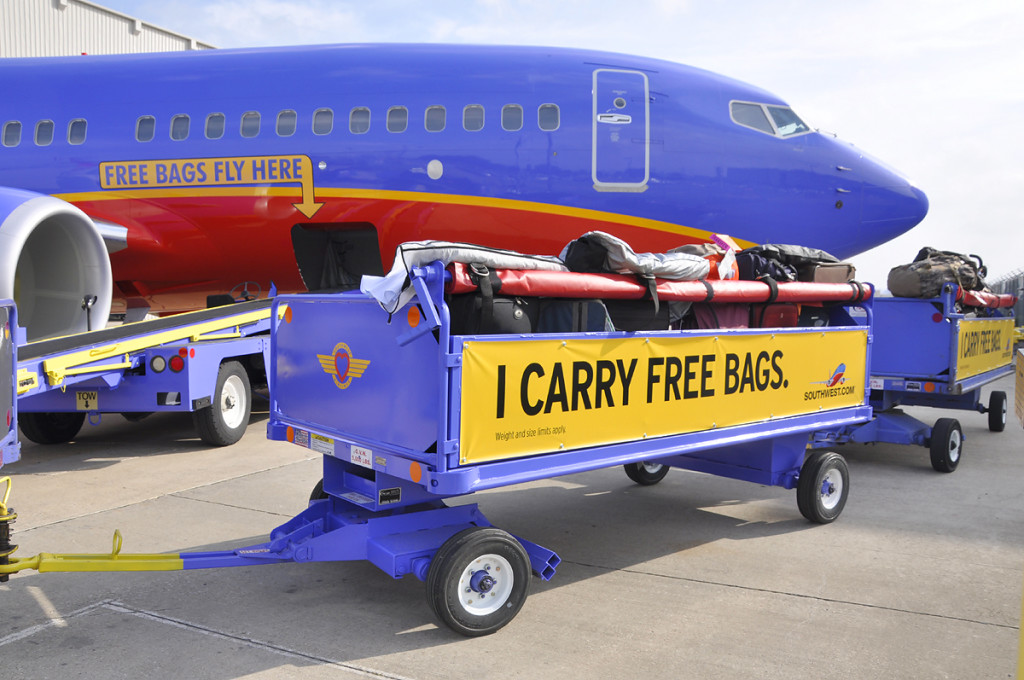
Southwest created the “low cost airline” category, because they couldn't compete with the established airlines. This is a great model to follow if you have competition with deeper pockets than you.
Usually, the idea in the world of business is to enter a particular market and dominate it. However, there are times when this is simply impossible—and not for the reasons you may think.
It is not because the product or company is not capable of domination; it is because the market does not yet exist. When this occurs, an organization must “create its own category” or, as we call it “MicroSpecialize”.
This is an interesting business opportunity.
Consider what it means to create a category, learn from an example, and consider some of the pitfalls that one may face along the way; then you can be better prepared to take on this slightly more complicated aspect of doing business.
What Does It Mean to Create a Category in Business?
Starting a business, when no viable competition already exists, means you are creating your own category.
While there may be “similar” companies, generally, they would serve a completely different market and would not be a serious competition to you, nor would you be a serious competition to them.
Creating a new category offers many opportunities for you—you will be the go-to brand of this new product of service. However, you are also the one who will be doing the legwork for the concept.
It can be a struggle to get your foothold, especially if the concept is unique. However, the rewards often make it worthwhile to take the plunge and try to carve out your niche.
What is an Example of Category Creation at Work?
One of the best examples of category creation at work is Southwest Airlines.
Before Southwest Airlines came about, there were just airlines—no real differences from one to another in terms of prices or what each offered.
Southwest Airlines turned that all on its head.
SW offers discount fares, but also fewer services and perks than the other airlines do.
When Southwest started succeeding with its new way of doing business, all of a sudden, other companies wanted to get in on the action too.
Luckily, Southwest had a solid backing and good business practices so they managed to thrive even when they had competition.
Another company that created its own category was Starbucks. Before the Starbucks craze, coffee was coffee.
Suddenly, gourmet coffee was a thing, and customers were willing to pay more for a well-crafted cup of Joe.
Both Starbucks and Southwest Airlines both proved that they could create a brand new market, but that they could also hold onto market share even when that market became crowded with competition.
What are a Few Pitfalls of Creating a Business Category?
Probably the biggest pitfall of creating a new business category is that a company is entering a non-proven field. When there is no competition, there are no hard figures with how the business could expect to succeed. While it may be possible to predict success (or lack thereof), predictions only go so far.
Another pitfall has to do with staying on top of the game when other organizations see success at work.
If a new category is working, there will be competition.
Going from being the ONLY one in a category to being one of many is a difficult task—do not be afraid to change and adapt to stay ahead of the competition.
Finally, you have to know how to determine if things are working or not. Entering a new market and especially creating a new category means that there could be the potential for problems.
Be prepared to cut your losses if necessary; it doesn’t mean you’ve failed, it just means you need to make adjustments and changes before you launch.
While creating your own category may seem like it would be a daunting way to do business, in some cases you might have no other option.
The good news is that you are certain to lead the pack. Just make sure that you do not lose sight of the big picture.
Even if you are creating a category, you want to lead it.
Eventually, you will have competition, and your product or service needs to be able to stand strong enough defeat the competition that will assuredly come along and attempt to capture part of your market share.
Because while innovative is great, the key to long-term success is learning to thrive no matter how crowded the market.

